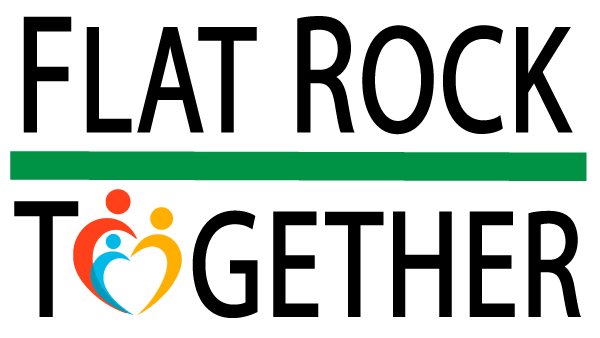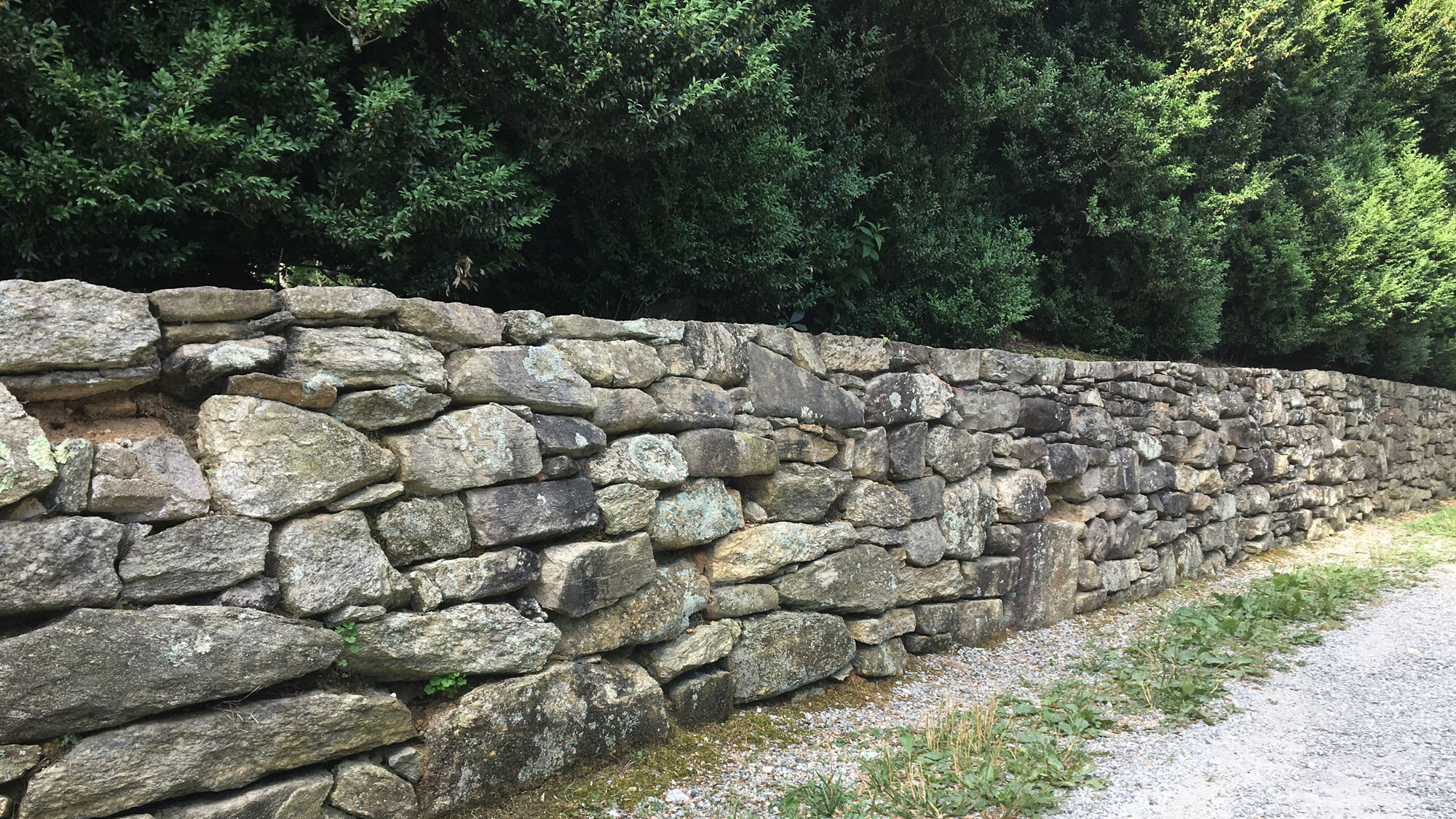The Heart of Summer Camps
/The Heart of Summer Camps and the Tragedy That Shook Us
Contributed to Flat Rock Together
by Missy Craver Izard
-
The heart and soul of the summer camp world was rocked on July 4, 2025.
Catastrophic floodwaters from the Guadalupe River slammed into the Texas Hill Country—an area home to more than a dozen summer camps, vacation homes, and permanent residents. Less than a year earlier, Hurricane Helene devastated Western North Carolina, home to nearly a hundred summer camps and both seasonal and year-round residents. In both instances, no one was prepared for the force of nature that would leave such a lasting impact. Fortunately, camps in Western North Carolina were not in session during the hurricane.
The same cannot be said for Texas.
As someone who has spent most of my adult life entrusted with the care of children at summer camps, I know the deep promise that camp holds. Camps are sacred places. Scattered across our beautiful country, each one carries its own rich history—evident in the well-worn trails, the echoes in their mess halls, and the reverent stillness of their chapels.
Those of us in the camping world are a tight-knit community. We are bound by a shared sense of purpose and a passion that comes from being part of something truly meaningful. When one camp suffers, we all do. The relationships forged in the camp world are sacred, enduring—and now, grieving.
Camp professionals are more than just educators; they are everything. They lead songs around the campfire, tell stories, comfort homesick children and nervous parents. They plunge toilets, call square dances, wash dishes, cook meals, perform in talent shows, and care for the sick. They hire, train, and inspire a staff that ranges in age from 18 to 75+, uniting under a mission carried out with grit, grace, and heart. Most importantly, they shoulder the immense responsibility of caring for other people’s children—and safety is always the first priority.
Why do they do it? Because they believe in what camp does for children.
A Brief History of Summer Camps
This summer, more than ten million North American children will experience the simple, life-shaping pleasures of summer camp—sleeping under the stars, hiking wooded trails, canoeing rivers, crafting baskets and lanyards, and singing around a fire while toasting marshmallows. Many attend day camps, but a significant number venture into residential camps, joining generations of young people who have lived away from home each summer in rustic cabins among peers.
Whether private, nonprofit, religiously affiliated, or agency-sponsored (like YMCA or Scouts), summer camps have become a cornerstone of North American life. Aside from public schools, few social institutions have touched more young lives.
The early pioneers of organized camping were visionaries who recognized the value of outdoor experiences for children. Removed from the distractions of urban life, camp provides a creative, educational, and communal environment guided by leaders selected for their ability to nurture and inspire. In this sustained way of life, campers grow, develop, and gain self-awareness and responsibility—for themselves, others, and the environment. This is the American summer camp ideal.
The movement began in the Northeastern United States—New England, the Adirondacks, and the Great Lakes region. Yet one of the richest legacies of summer camps can be found in the Blue Ridge Mountains of Western North Carolina.
Drawn by the region’s rugged beauty and salubrious climate, families founded summer resorts and religious assemblies in towns like Asheville, Hendersonville, Brevard, Black Mountain, Highlands, Cashiers, Flat Rock, Lake Lure, Saluda, and Tuxedo. Organized camps emerged naturally from these summer colonies, with the first overnight camps appearing in the early 20th century.
Today, Western North Carolina boasts the highest concentration of summer camps in the United States—nearly 100 across four counties. For over a century, children have packed their trunks for an annual pilgrimage to these mountain camps, an enduring tradition that draws families back year after year.
WNC Camp Legacies
The Green River community in Henderson County is home to both some of the oldest and newest camps in the region. Eleven camps, some with legacies spanning five generations, have deep roots here: Greystone, Falling Creek, Mondamin, Green Cove, Arrowhead, Glen Arden, Flintlock, Green River Preserve, Talisman, Sky Valley, and Windy Wood. In addition, there are several other camps located in Henderson County, including Pinnacle, Wayfarer, Kanuga, Blue Star, Judea, Tekoa, and Camp Highlander.
Joseph Oscar Bell, Sr., founder of the mill village of Tuxedo, N.C., is considered one of the early innovators of the WNC camp community. After moving to the area in 1907, Bell built a company pavilion near a waterfall in 1919 for recreation and employee camping. This structure, along with nearby log cabins, is now on the National Register of Historic Places. Bell’s sons and their families would go on to found and direct some of the most influential camps in the region.
Camp Arrowhead (1937) and Camp Glen Arden (1951), founded by J.O. Bell Jr. and his wife Mary.
Camp Mondamin (1922), created by Frank “Chief” Bell on Lake Summit, now run by his grandchildren.
Camp Green Cove (1945), Mondamin’s sister camp, directed for years by Chief’s wife, Calla, and later their children and grandchildren.
Camp High Rocks, founded in 1958 by Chief’s daughter Jane and her husband, continues today under the leadership of their daughter Townsend and her husband.
Camp Greystone, a Christian girls’ camp on Lake Summit, began in 1920 with a mission to affirm the worth and potential of girls. Now in its fourth generation of family leadership, it remains a beloved institution.
Further west, Keystone Camp, founded in 1916 in Pisgah Forest, is the oldest privately owned girls' camp in the Southeast still operating. Its current director, Page Ives Lemel, represents the fourth generation of leadership.
Camp Merrie-Woode in Sapphire, established in 1919, is notable for its rustic Adirondack architecture and a deeply valued camp tradition: the silver bracelet earned by returning for multiple summers. As one mother said, after her daughter earned hers: “That bracelet is the most expensive one I’ve ever bought.” To which I replied: “It’s also the most valuable one your daughter will ever own.”
In Flat Rock, Camp Ton-a-Wandah (TAW) holds a deeply special place in my family’s story, with a legacy that now spans four generations. My mother attended in the 1930s, traveling there aboard the famous Carolina Special, a luxury train that brought generations of campers up the steep Saluda Grade. Decades later, I joined the TAW staff with two of my daughters, beginning as an arts and crafts instructor and eventually becoming program director. My mother even returned for a few summers, sleeping on an old army cot in my rustic cabin, rising with the bugle, and soaking up the same magic she had known as a girl. Today, my granddaughter carries on the tradition as a camper.
Why Camp Matters More Than Ever
For generations, camp has shaped the lives of children—and in many families, it’s a cherished tradition. Camp teaches independence, builds confidence, and helps kids discover who they are. It gets them dirty, challenged, and unplugged—all essential experiences for developing capable, grounded young adults.
The most powerful outcomes of camp aren’t measured in awards or badges. They’re found in the friendships, the resilience, and the self-assurance that emerge in campers. They learn that they can do hard things. They find their purpose. They realize that they are enough, just as they are.
While some may think a camp director’s job is all fun and games, the last few weeks have reminded us how heavy the responsibility can be. The news from Texas was heartbreaking. All tragedies deserve attention, reverence, space for grief, and time for healing.
When I heard about the flooding along the Guadalupe River—and the reports of missing campers and staff from Camp Mystic, Heart of the Hills, Mo-Ranch, and others—it struck my soul. Those children. Those counselors. Those families. Those camp directors. We grieve for them all. And we grieve for the loss to the world of summer camp—a place we hold so dear.
Camp directors do this work not for fame or fortune, but because they believe in the power of camp and the extraordinary outcomes it provides. It’s a calling they follow with full hearts and a deep reverence for the families who trust them. And when the day is done, they take a deep breath, say a silent prayer, and hope with everything they’ve got that tomorrow will be another good day.
The heartbreak in Texas serves as a solemn reminder of the weight camp directors carry and the fragility of even our most cherished places. For those of us whose lives have been shaped by the joy, growth, and deep connection found at summer camp, the loss cuts deep. And yet, in the face of tragedy, the camp community does what it always has—comes together, supports one another, and holds fast to the values that make camp so much more than a place. It is a living legacy of resilience, compassion, and hope. We grieve with the camps in Texas, and we honor them by continuing to believe in the power of camp to change lives.
-Missy




















